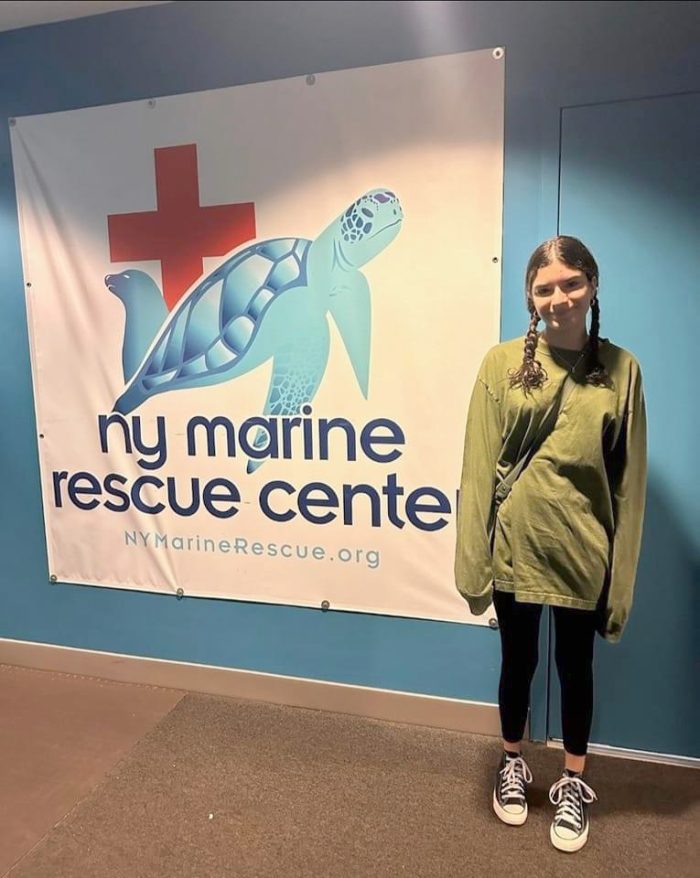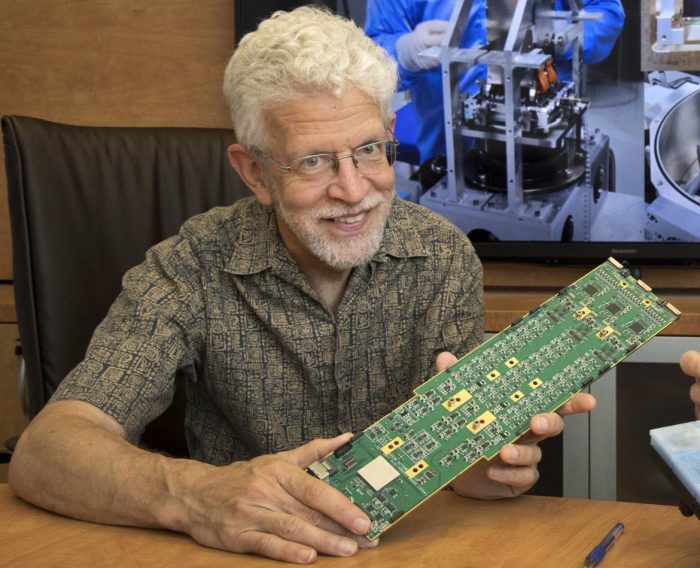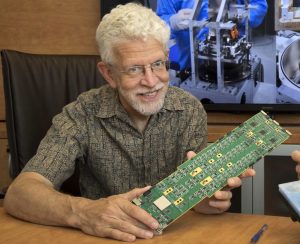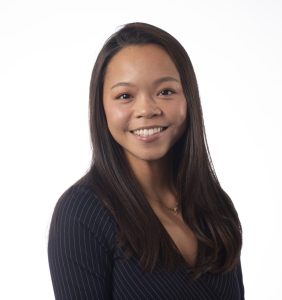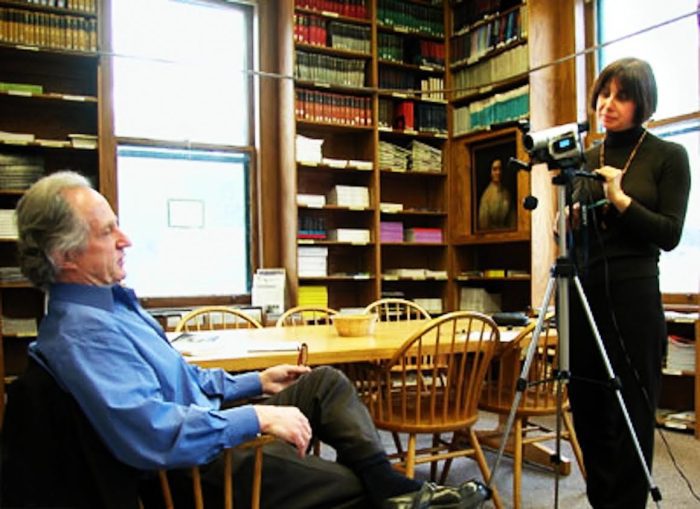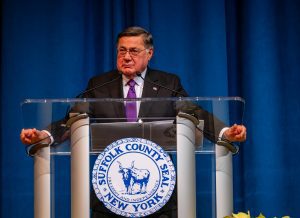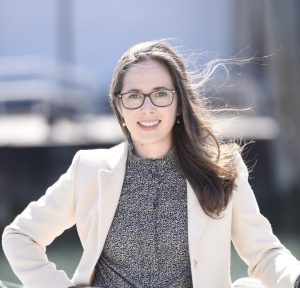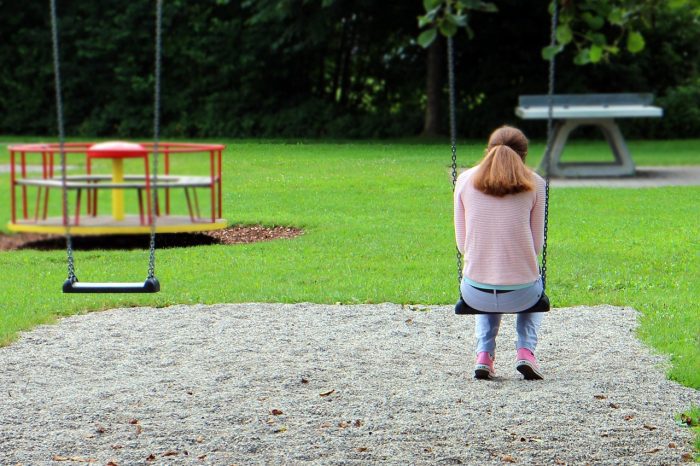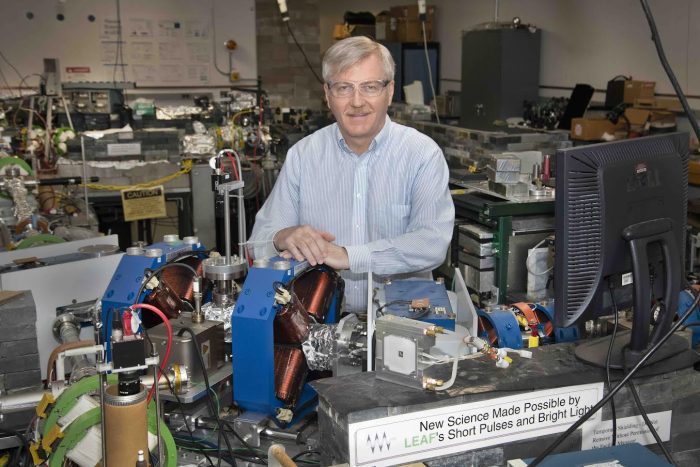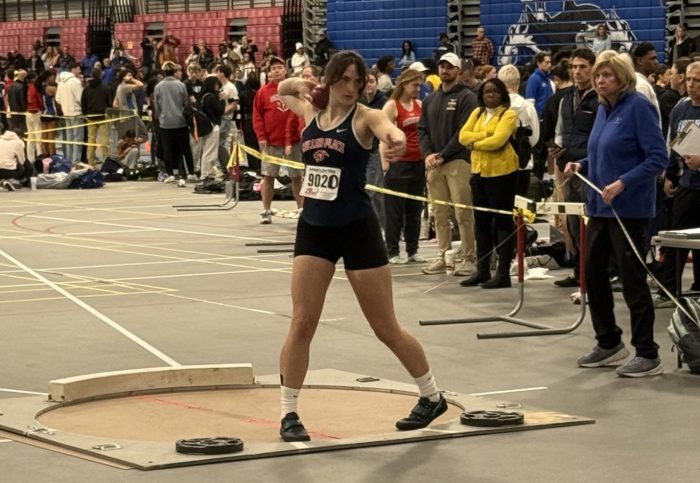By Daniel Dunaief
The odds haven’t always been in favor of Emma Samghabadi.
The Comsewogue High School senior and Port Jefferson station resident was born under two pounds and spent over a month in the neonatal intensive care unit at Stony Brook Hospital.
After maneuvering through a period her parents Jennifer and Pedram Samghabadi described as “touch and go” for a while, she flourished and is poised to graduate from high school in June and enter college this fall.
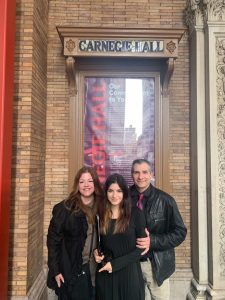
A gifted singer and performer, Samghabadi, who recently played Velma Kelly in a teen edition of “Chicago,” applied for the Live Más scholarship through Taco Bell, where she has been working since last summer.
Samghabadi spent close to three months putting together a two minute video describing her passions, which include performing, singing, and serving as a conservationist.
On April 25th, Samghabadi, 18, was working at the drive through window at Taco Bell and learned that she had won a $10,000 scholarship, which she will use at the University of Rhode Island.
“It was a complete surprise to me,” said Samghabadi, who was thrilled when her managers and coworkers celebrated her scholarship with balloons and congratulatory posters in the dining room of the restaurant. “All my managers were there and my regional managers were there as well.”
Indeed, Samghabadi called her mother, who works as a registered nurse and her father, who is a social worker, to celebrate.
Jennifer Samghabadi was “overjoyed, proud, grateful and also humbled” with the scholarship.
“The odds [of winning] are very, very low,” her father said. “This was her exhibiting her unique mix” of passions.
Out of 500 scholarship applications from New York, Taco Bell awarded 13 at this level, which is just over two a half percent of the state’s entries.
The Taco Bell Foundation has been awarding these scholarships for 10 years, with some notable past winners including Mato Standing Soldier, a film and TV composer who was named to Forbes 30 under 30 List for 2023 and Brooke Taylor, who is dancing on Broadway in Moulin Rouge.
Samghabadi gave her scholarship entry considerable thought. The scholarship is based on a student’s passions, social impact, personal presentation and educational goals and does not include any reference to a grade point average or standardized test scores.
“As soon as I started finding pictures, I was already thinking about what I wanted to talk about,” Samghabadi said.
Editing the presentation to under two minutes was a “struggle,” she added.
The work paid off, as a Taco Bell Foundation spokeswoman suggested that Samghabadi’s video embodied the key traits they seek in an applicant: strong passion, a focus on social impact, clear educational goals and compelling storytelling.
Samghabadi, who has a weighted grade point average above 100, has impressed her high school teachers.
Rosa Antelo, who teaches Samghabadi’s Advanced Placement Class and was also her instructor for Advanced Spanish in 10th grade, described her student’s potential as “unmeasurable.”
Antelo suggested that Samghabadi is “not just a great student, but she’s truly an amazing person.”
Antelo, who wrote a college recommendation for Samghabadi, recalled a time when her student helped her manage through the strain of a stressful situation.
“She’s so positive and is looking for the best of everything,” said Antelo, who has been teaching for 26 years and believes Samghabadi stands out among her many students.
An early curiosity
When she was five, Samghabadi found a large green caterpillar in a hibiscus bush, which she brought home.
She and her parents looked up how to care for it. The caterpillar formed a cocoon and emerged as a moth.
After that, Samghabadi was hooked, establishing a monarch butterfly way station where she has released over a hundred of the orange and black insects that, while not endangered are threatened by a loss of habitat, pesticide use and climate change.
Dedicated to conservation and marine biology, Samghabadi has worked as a volunteer at the New York Marine Rescue Center in Riverhead.
She tells visitors about the only effort in the state to rescue and rehabilitate sea turtles and seals. She has also helped with beach clean ups and, in 2023, became scuba certified.
Samghabadi’s favorite animal is the manta ray, which she hopes to study in college.
From ‘The Lion King’ to community theater
Around the same time that she found the green caterpillar, Samghabi, saw her first broadway show.
Watching “The Lion King” sparked an interest in performance and theater.
Samghabadi has been an extra in short films and commercials as well as in the movie “Uncut Gems.”
As a 10-year old, she spent a day on set as an extra, sitting behind Adam Sandler in a movie theater.
She has performed in several shows and goes through cycles of singing different Broadway songs in the house.
These days, she’s using her soprano voice to belt out “Sweeney Todd” in the house.
Samghabadi is open to combining her interests in conservation and music. At some point, she would like to conduct research on bioacoustics. She could also envision using music as a part of public outreach for conservation.
Despite all her commitments, including working with second graders to help teach them Spanish, Samghabadi is able to enjoy leisure activities with her friends by organizing herself.
“I have a set plan for what I need to do each day,” she said.
Multiple scholarships
Samghabadi’s talents and dedication have earned her other competitive scholarships.
She will receive $84,000 over four years as a part of the inaugural Schilling Scholars Program at the University of Rhode Island. She will also receive $68,000 from the presidential scholarship at the university.
The New York Elks Association recently awarded her a $1,000 scholarship.
Samghabadi is the second generation in her family to work at Taco Bell, where her favorite meal is the Cantina Chicken Bowl.
When he was earning money for college, Samghabadi’s father Pedram worked at the restaurant chain.
Samghabadi’s parents are grateful for the life their daughter has lived and the energy and passion she brings to her interests.
“You can’t be thankful enough,” said Pedram Samghabadi. “We still cannot believe what we went through” in the first year of her remarkable life.
Their daughter. whose singing they will miss when she attends college, gave them a preview of what was to come early in life.

